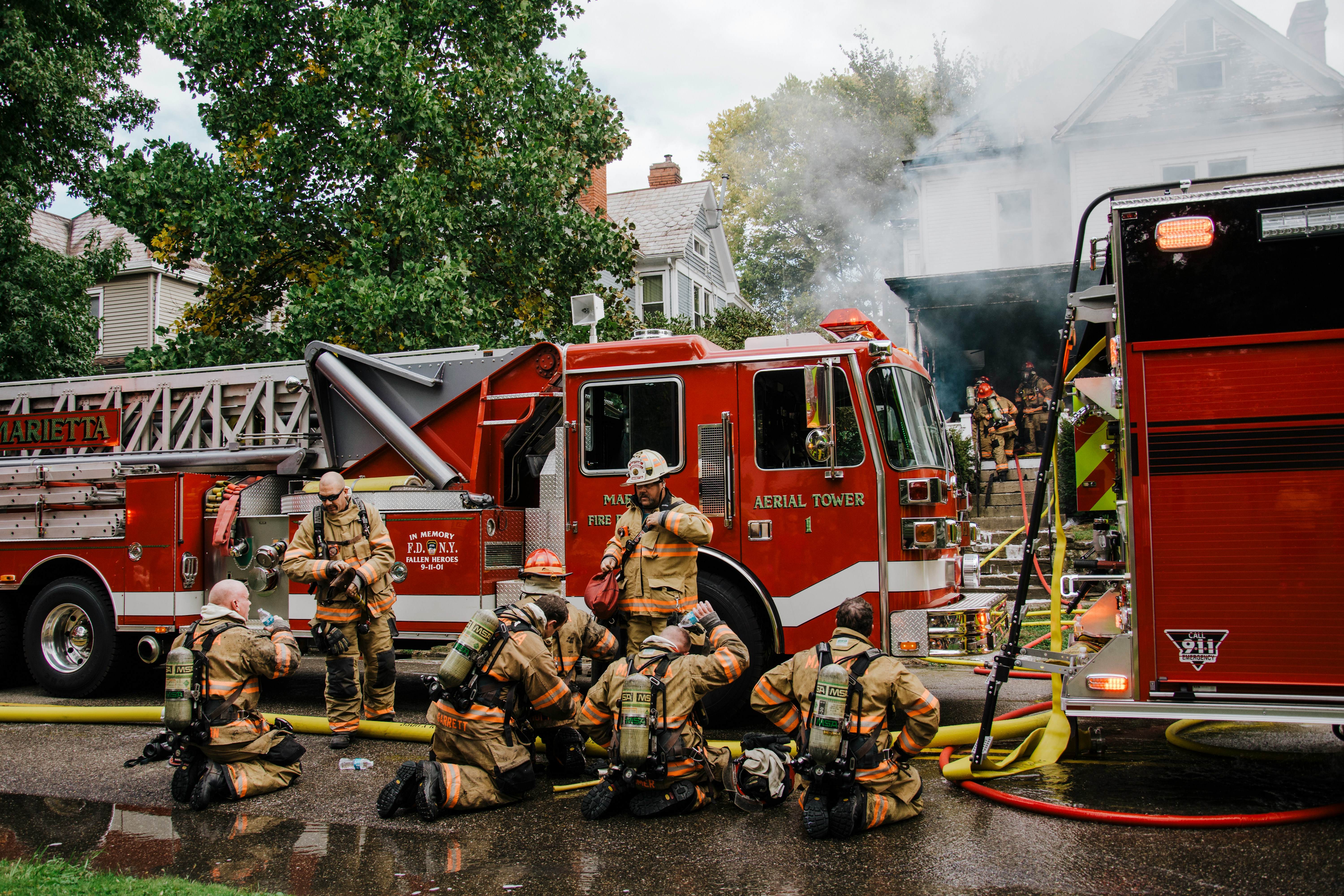
The Life-Saving Trinity: How Smart Locks, Detectors, and Thermostats Work Together to Protect Your Home During a Fire
The Critical Challenge of Fire Response Time
Fire safety experts have a saying: "You don't have minutes, you have seconds." Modern home fires burn hotter and spread faster than ever before due to synthetic materials in furniture and open floor plans. According to the National Fire Protection Association:
- A typical home fire can become life-threatening in just 2 minutes
- Complete home involvement can occur in as little as 5 minutes
- For every 30 seconds of delay in response, the fire grows exponentially
This timeline makes every second count—both for evacuation and for emergency responders. This is where integrated smart home systems provide a critical advantage that standalone safety devices simply cannot match.
How Smart Tech Creates a Coordinated Fire Response
Here's how smart locks, detectors, and thermostats work together to create a faster, more effective fire response:
1. Smart Smoke and CO Detectors: Early Detection and Alerts
Smart detectors provide several key advantages over traditional smoke alarms:
- Instant Mobile Alerts: Send immediate notifications to your smartphone, no matter where you are.
- Interconnectivity: All detectors in the home communicate with each other, so if one detects smoke, they all sound the alarm.
- Voice Alerts: Provide clear voice instructions, such as "Fire detected in the living room," helping occupants quickly identify the source of the danger.
- Remote Silence: Allow you to silence false alarms from your phone, preventing unnecessary panic and dispatch of emergency services.
2. Smart Locks: Automated Evacuation Assistance
During a fire, every second counts when it comes to evacuation. Smart locks can play a critical role in ensuring a swift and safe escape:
- Automatic Unlocking: When a fire is detected, smart locks can automatically unlock all doors, ensuring occupants can quickly exit the home without fumbling for keys.
- Remote Unlocking for First Responders: Allow you to remotely unlock doors for firefighters, providing them with immediate access to the home to combat the blaze and rescue anyone trapped inside.
- Geofencing: Can be programmed to automatically lock doors when you leave the house, ensuring that the fire doesn't spread as quickly due to open doors or windows.
3. Smart Thermostats: Limiting Fire Spread
Smart thermostats can also play a crucial role in limiting the spread of fire and smoke:
- Automatic HVAC Shutdown: When a fire is detected, the smart thermostat can automatically shut down the HVAC system, preventing the circulation of smoke and fire to other parts of the house.
- Temperature Monitoring: Provide real-time temperature readings, allowing you to monitor the fire's progression and provide valuable information to firefighters.
- Integration with Fire Suppression Systems: Can be integrated with automatic fire suppression systems, such as sprinklers, to activate them when a fire is detected.
Real-World Scenarios
Consider these scenarios where the life-saving trinity of smart locks, detectors, and thermostats could make all the difference:
- Scenario 1: A fire breaks out in the kitchen while you're at work. The smart smoke detector sends an immediate alert to your phone, allowing you to call the fire department and remotely unlock the door for them, potentially saving your home and pets.
- Scenario 2: A fire starts in the middle of the night while your family is asleep. The interconnected smart detectors wake everyone up with clear voice alerts, and the smart locks automatically unlock, ensuring a swift and safe evacuation.
- Scenario 3: A faulty electrical outlet sparks a fire in the basement. The smart thermostat shuts down the HVAC system, preventing the spread of smoke to the upper floors, giving occupants more time to escape.
Conclusion
While preventing break-ins is a primary concern for most homeowners, the ability of smart home technology to protect your family during a fire is an often-overlooked benefit. The coordinated response of smart locks, smoke and carbon monoxide detectors, and smart thermostats creates a life-saving trinity that can dramatically improve outcomes during a house fire. By investing in these integrated systems, you're not just protecting your property—you're safeguarding the lives of your loved ones.